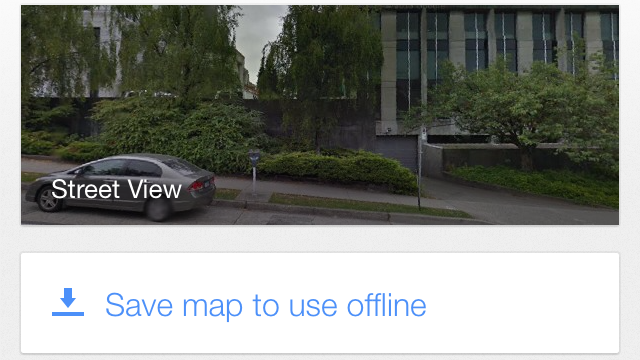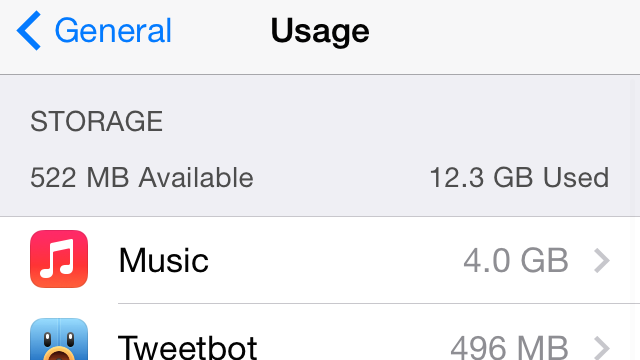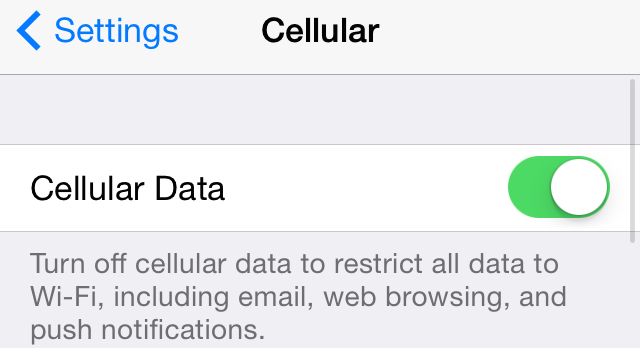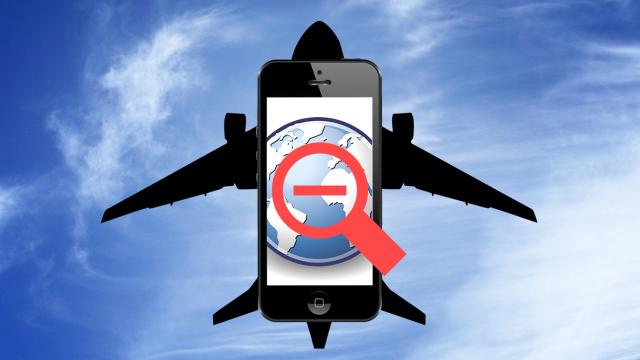Travelling internationally is difficult enough without worrying about your phone. To avoid paying a fortune for international roaming fees, here’s how to prep your phone for travel so you can stay connected without breaking the bank.
Photos by OpenIcons, OpenClips, Nemo, PublicDomain
We’ve talked before about how to avoid the typical mistakes people make when roaming, and highlighted the best plans from Australian carriers if you do need that option. Whether you’re using your existing plan, planning on buying a local SIM or hoping to rely on Wi-Fi, these tips will help you ensure you don’t chew threw data needlessly.
Download Your Maps And Save Important Addresses

If you use your phone for navigation, the first thing you’ll want to do before setting off is download a bunch of maps to your phone. The best free option for this is Google Maps. Once you have the app, just download maps for offline viewing (these maps expire after 30 days):
- Search for the area you want a map for
- Tap the result box at the bottom of the screen
- Tap “Save map to use offline”
It’s a good idea to go through the same steps for some places outside of town in case you decide to venture off to a new area. Note that with Google’s offline maps, you have a map of the area in your pocket, but you still don’t have access to navigation or location search. Google’s own address saving system doesn’t work when you’re offline, so starring those important addresses won’t do you any good. With that in mind, you’ll want to write down addresses and cross streets of places you want to go so you can find them on the map.
Download Everything You’ll Need

It sounds like common sense you’ll want to download everything you can ahead of time, but it’s easy to forget what it’s like to not have internet. If you stream podcasts, music, or books, you’ll want to go through and download all that stuff before you leave. Don’t forget to sync everything, too — if you use a service like Google Calendar or iCloud, you’ll want to do one last sync to make sure it’s all up to date. More importantly, if you’re using a translation app, make sure that data is stored locally before you go. For example, Google Translate (Android/iOS) is very, but make sure you download the language packs first:
- Touch a language name at the top of the screen
- Press the pin icon to the right of the language name to download the offline language package
Likewise, now’s a good time to transfer photos and videos to your computer to clear up space on your phone. If you’re on holiday, there’s a good chance you’ll want to take more pictures than usual. The last thing you want is to run out of storage when you’re trying to take that family photo. So, go through and delete what you don’t need and make sure you have plenty of free space.
When You Arrive: Turn Off Mobile Data

On many plans, mobile data is disabled by default when you’re overseas, and for major carriers you should receive a text notification if you land overseas. However, to avoid the risk of bill shock, it’s a good idea to shut down any communications you can so you don’t accidentally incur any charges. (Smartphone apps have a knack for attempting to communicate with servers even when the app’s not open.)
On Android, head into Settings > Data Usage and flip the switch to off. On iOS, head into Settings > Cellular and disable “Cellular Data”. This restricts all your data transfers to Wi-Fi so you don’t accidentally use data roaming. You can also turn off “Data Roaming” to make sure nothing else gets through. If you want to be doubly sure you won’t get charged for data, you can change your APN numbers.
Alternatively, if you don’t care about missing phone calls or text messages, you can just turn on flight mode, then flip Wi-Fi back on.
You don’t need your phone all the time, and with a little prep you can ensure you have what you need. Plus, without the internet in your pocket, you’ll be able to sit back and enjoy your trip.

Comments
2 responses to “How To Minimise Your Phone Usage When You Travel Internationally”
Or get a local sim so you can still play ingress!
If you’re on vacation:
Four steps, very difficult and counter intuitive:
1. Turn it off. Believe it or not, life goes on without everyone being able to contact you.
2. Buy a local prepaid sim card.
3. If you’re really not comfortable with point 1, call back home and change your voicemail so it gives out your local (international) number. Now people who really want you will have to pay the international charge of getting hold of you.
4. Enjoy the country you are visiting.
If you’re away for work:
1. Learn to delegate, you control freak.
2. Leave your phone with the person taking care of business. (or divert your number to them)
3. Turn it off. Keep it, with global roaming enabled for emergencies.
4. Get the company you are visiting, or your local travel concierge to provide you with a local prepaid sim card.